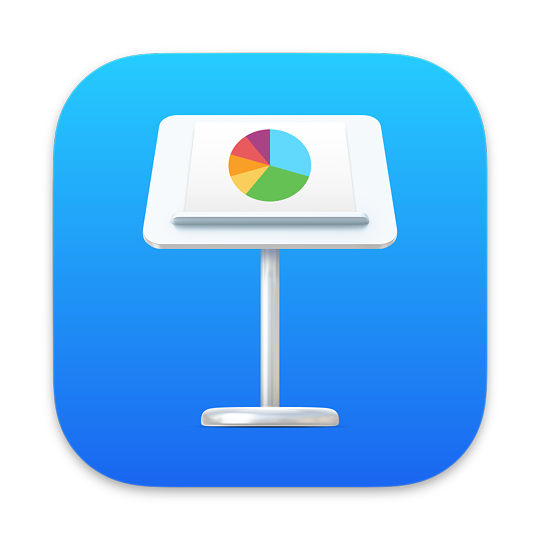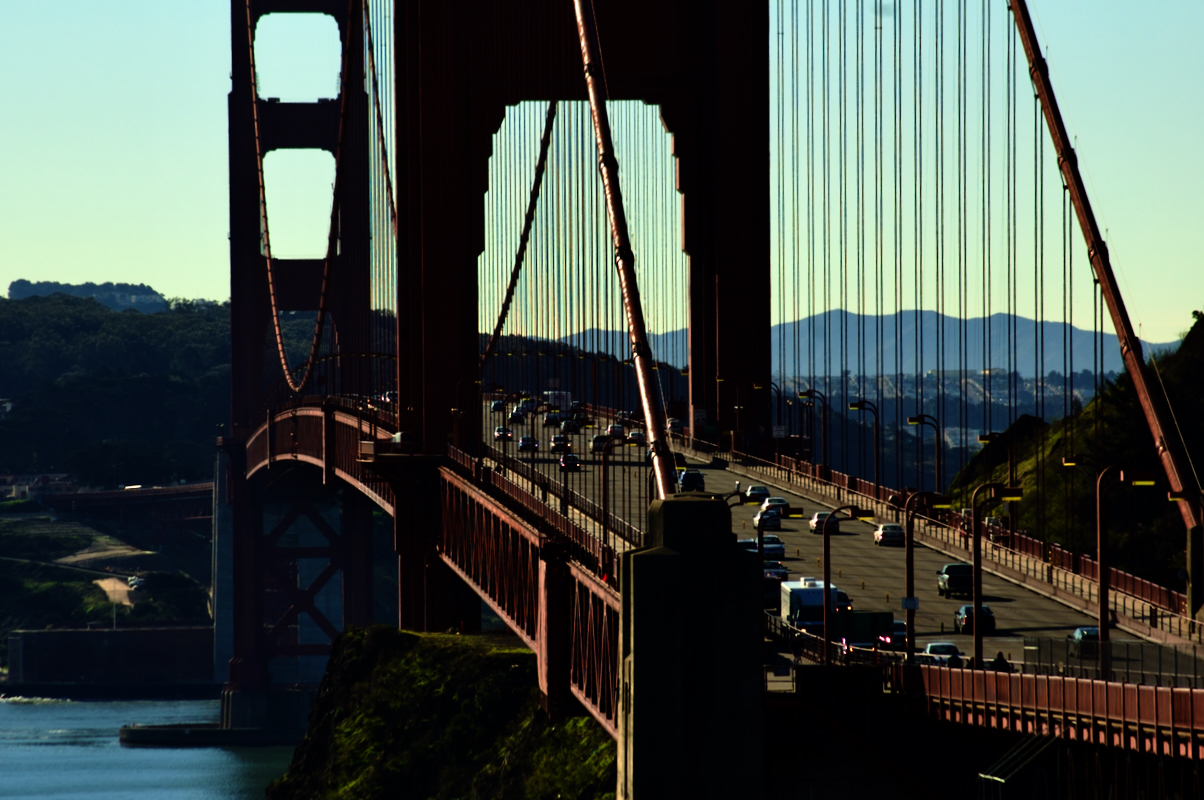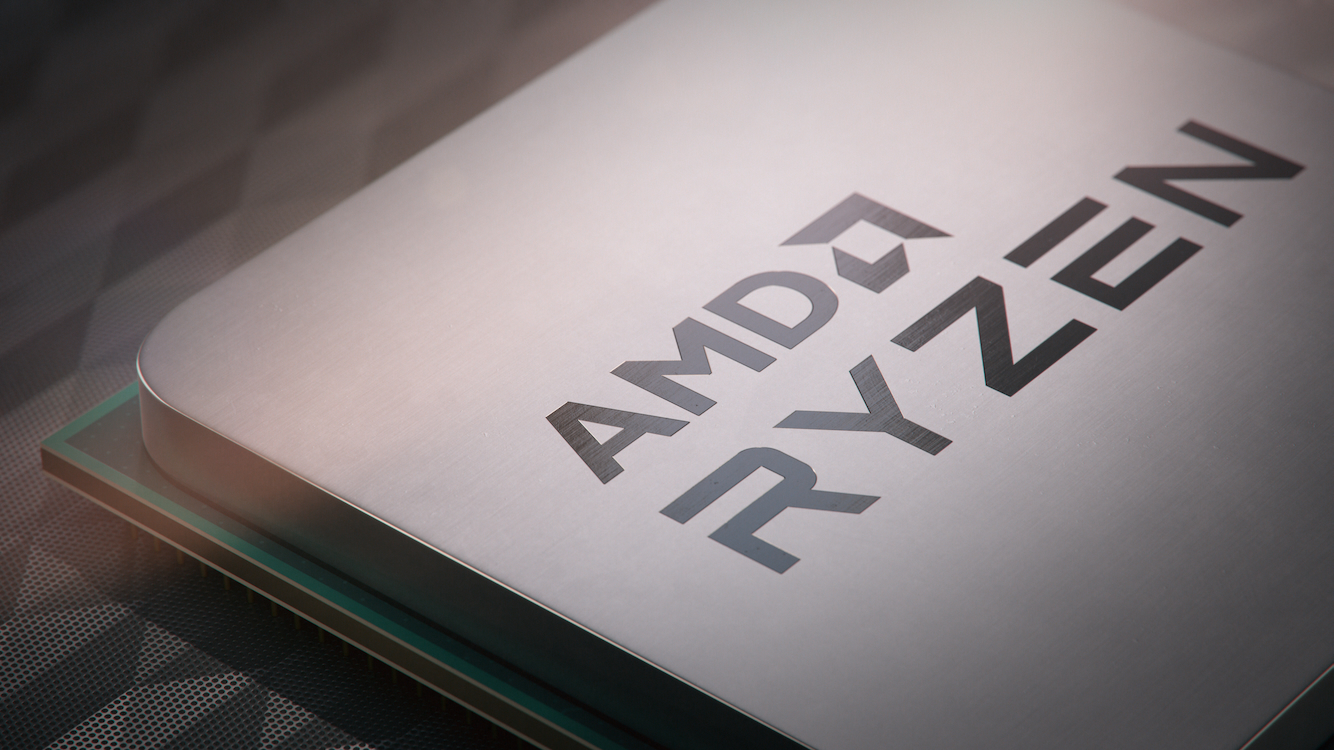
eXtensions - Thursday 12 January 2023
By Graham K. Rogers

20 year anniversaries this week for Safari and Keynote; and 16 years for the iPhone: my first trip to San Francisco. Thoughts on the Mac Pro and if it really fits in the Apple silicon lineup. Peter Stern, Apple's VP of Services leaves and Services is to be revamped. Apple and Masimo in a patent showdown: initial knockdown to Masimo. Integrating new hard disks into my workflow. Jeff Beck dies: as a teen I saw the Yardbirds live.
Last week I saw several reports on the 20th anniversary of the release of Safari, including one from Charlotte Henry on the Mac Observer. A Google search reveals many more, but I just picked that at random. This week there is another Apple 20th anniversary: Keynote. Jonny Evans (Apple Must) writes a good outline on the origins of this application that became part of iWork. That in itself shows how Apple has changed.
 This first iWork had Keynote and Pages, but was later joined by Numbers, spreadsheet software. The original iWork suite was on optical disk, but in 2013 this and iLife were made free and were available by download. Looking at some of the original screenshots, a couple of the templates look a bit dated to me, but presentations are often personal expressions. Some students, and a lot of teachers, may not grasp the idea of clarity when making presentations. Teachers teach, they do not really present.
This first iWork had Keynote and Pages, but was later joined by Numbers, spreadsheet software. The original iWork suite was on optical disk, but in 2013 this and iLife were made free and were available by download. Looking at some of the original screenshots, a couple of the templates look a bit dated to me, but presentations are often personal expressions. Some students, and a lot of teachers, may not grasp the idea of clarity when making presentations. Teachers teach, they do not really present.
I am always complaining that what the presenter views on the computer screen at home is not what the audience sees: text size, color, contrast, image clarity. Like Apple I stick to black slides and white text: easier on the eyes too. Despite advances, I also find that creating and running a presentation is still better (for me) on the Mac, although at a pinch I can use the iPad or even an iPhone.
Many of my students have used PowerPoint for years, although some were a bit lazy and just displayed a PDF on screen, scrolling through the pages. Recently many students here have moved to Canva. I have downloaded this but I am not moved. There are, however, many templates and maybe this is attracting our students: complex slides do not make for a clear presentation.

This week is also the 16th anniversary of the iPhone announcement. It was my first trip to San Francisco and the schedule left me with some time to travel around. I particularly enjoyed using the trams, and the day before Apple World I was able to complete a bucket list item by visiting Alcatraz. The presentation was long and covered several products before the iPhone moment arrived. The tension was palpable as Steve Jobs paused after the Apple TV section, returned to the lectern and took a deep breath.
As with any good presentation he looked at the general area, outlined the problems and commented on current solutions, before introducing his three new products: marketing magic. As the icons spun on the screen, there was an unusual tension. People in the audience - total strangers - looked at each other as the realization set in that this was not three, but one device.
There was a lot of sniping afterwards, from Microsoft's Steve Ballmer and others who were looking for faults before the device had entered public use. I had tried an early version the day after the announcement, and it was clear this was nothing like I had handled before, from the scrolling, the organization, the keyboard and other features. The keyboard was widely criticised by many in print (it was that long ago) before any of them had tried it out (although I had).

News sources were alive with the latest from Mark Gurman this Monday morning - mainly on the long-awaited MacPro - as if this is the sole source one needs for what Apple is going to do: either Gurman, certain Asian sources or Wall Street. I prefer to wait for Apple although I am not averse to some occasional speculation with some background facts. I had a look at this previously top of the line Mac just before Christmas and wondered if, with the limitations of Apple Silicon, the Mac Pro was a dinosaur and the Apple Studio, with annual updates for the creators who could afford it, was a better choice.
The problem with most Macs from recent years is that the memory was built in to the mother board. Apple silicon takes that a step further and the memory is now built in to the chip itself, along with other functions: CPU, GPU, neural engine, et al. The Mac Pro has always been upgradable, but I think that technology (and Apple) has moved on: all in one construction of the chip/motherboard unit ensures quality and standardization. I remember upgrading memory on earlier Macs and some modules would not work as the quality was poor. There is a trade off here.
Gurman comments that the Mac Pro will have M2 Pro, M2 Max and M2 Ultra chips although these will not be able to upgrade RAM: order at the time of initial order. There is no mention of any M3 chip. A high-end configuration has been cancelled, which makes my point about the Mac Studio valid. However, there are said to be expansion slots for SSD and for expansion cards. Gurman thinks that keeping with the cheese-grater body is a negative, but it does make a statement, despite the potential waste of space. The Mac Studio looks more and more realistic.
Several sources in the middle of the week were circulating a rumor that Apple were to shift its development and make custom displays in-house for devices like the iPhone and Apple Watch (Juli Clover, MacRumors). Other related comments suggest that larger displays, such as in a MacBook Pro coming next year could have Apple-designed screens.
Although reports appeared only this week, it appears that Peter Stern, Apple's vice president of services (Apple TV+, Sports, Apple News+, iCloud, Apple Fitness+, Books, Apple Arcade, and Apple One) is leaving to spend more time on the east coast (Dennis Sellers, AppleWorld.Today). The reports tell us that this was from December, so it looks as if he has already gone and the division is to be reorganized under three heads. Juli Clover, MacRumors, also covers the departure and reorganization, however, but with the vagueness of when Stern was leaving ("December", "End of the month") I wonder if the reorganization came first or the resignation, particularly as he had been seen as a potential successor to Eddy Cue.
A judge at the International Trade Commission, ruled this week that the blood-oxygen measuring technology used in the Apple watch infringes on a patent held by Masimo, a designer of such devices. Last year Masimo filed a patent infringement lawsuit. The judge this week decided that 4 other patents had not been infringed and will consider the import ban that Masimo asked for. I would have expected some agreement would be reached before that bridge is crossed, although Apple disagrees with the Court's decision (Tim Hardwick, MacRumors).
In addition, Patently Apple reports that Apple filed two patent infringement lawsuits against Masimo in October 2022 (01 and 02) along with a design patent infringement lawsuit wherein Apple claims that Masimo infringed 4 Apple Watch designs. Images from that lawsuit are presented comparing Apple Watch to the Masimo W1.
At the weekend I included some information from CES concerning significant chip announcements from Intel and AMD. Now, Gavin Bonshor (AnandTech) who covered those releases, has reviewed the AMD Ryzen 9 7900, Ryzen 7 7700, and Ryzen 5 7600 in a multi-page comment that looks quite deeply at these chips and their performance, with some interesting comparisons (Intel and AMD) and benchmarks. There was not a single mention of Apple silicon in the entire report, nor in the comments: not the same I guess. The report comments positively on the power efficiency for these chips.

Also in that Comment last week I noted the arrival of a 5TB LaCie hard disk on my desk. After looking at the installer options on the exFat-formatted disk, I decided to re-partition the disk: 3TB for the data and the rest for Time Machine. Both partitions were reformatted as macOS (Journaled). Once done (a few minutes only) I added the disk to the list in System Settings > General > Time Machine. It took about 2 hours to make the first synchronization and I ran it again the next morning along with backups to other Time Machine disks.
With the larger external disk I copied the second Photos library that I recently created over the new year with my eight Aperture libraries (some 36,000 images) to the data-dedicated partition. I can now take the smaller disk with the Photos/Aperture library to my office so I can use them there if necessary. I will add some other duplicate data to the new disk and plan also to import two iPhoto libraries into Photos like I did with the Aperture libraries.

The Guardian (Shaad D'Souza) has reported the death of legendary guitarist, Jeff Beck. I include this as a personal memory as I saw Beck along with the rest of the Yardbirds, in a venue in Bedfordshire in 1965: one of my first visits. It was a wonderful evening. A more in-depth report of Beck and his life is covered by Alexis Petridis (Guardian). I visited the California in Dunstable on Friday and Saturday evenings several times in the following years, seeing some famous artists, such as Them (Van Morrison), Tom Jones - live he was something else - and the Moody Blues. In the late 1970s I visited again and saw Tom Robinson.
Graham K. Rogers teaches at the Faculty of Engineering, Mahidol University in Thailand. He wrote in the Bangkok Post, Database supplement on IT subjects. For the last seven years of Database he wrote a column on Apple and Macs. After 3 years writing a column in the Life supplement, he is now no longer associated with the Bangkok Post. He can be followed on Twitter (@extensions_th)

For further information, e-mail to
Back to
eXtensions
Back to
Home Page